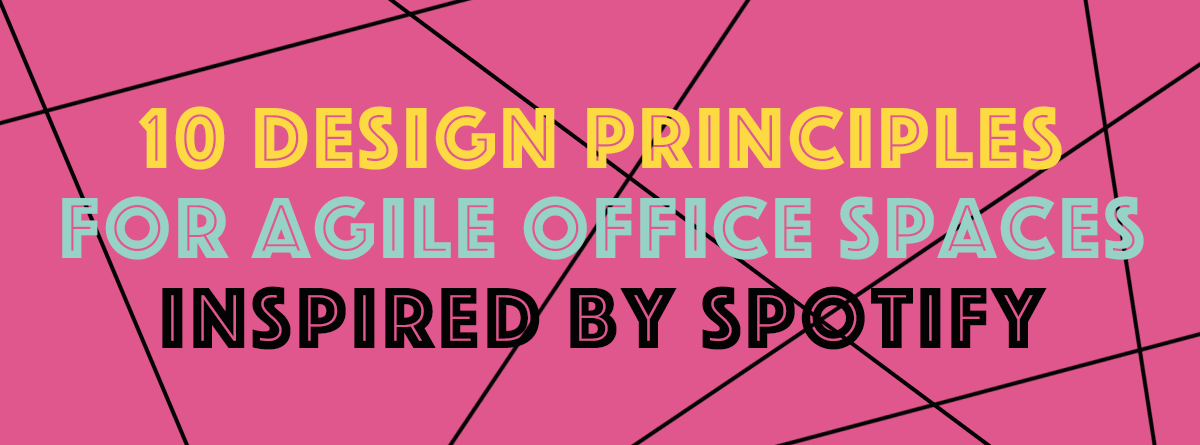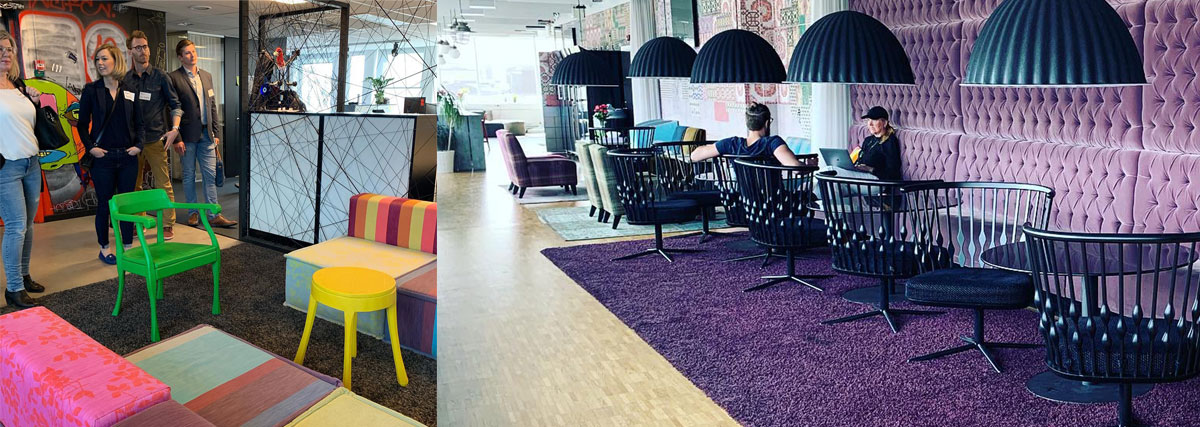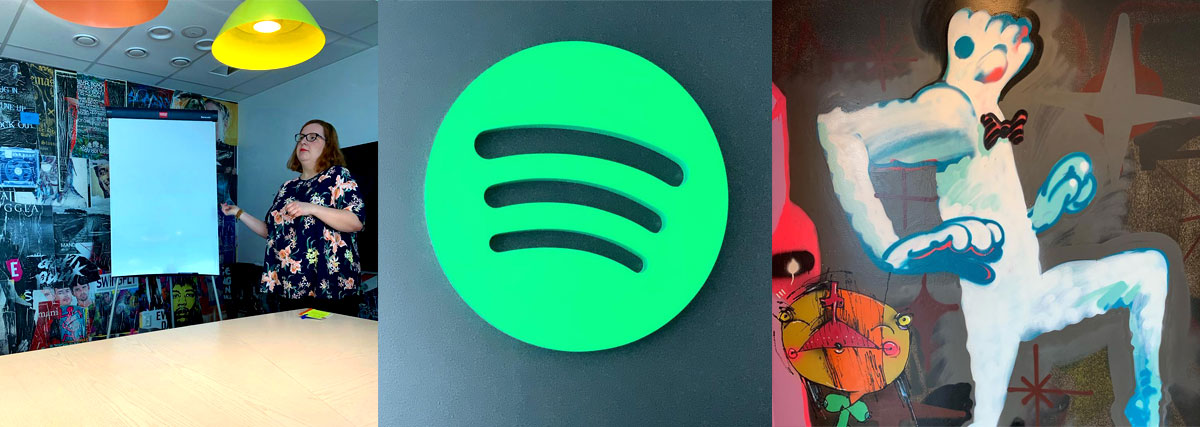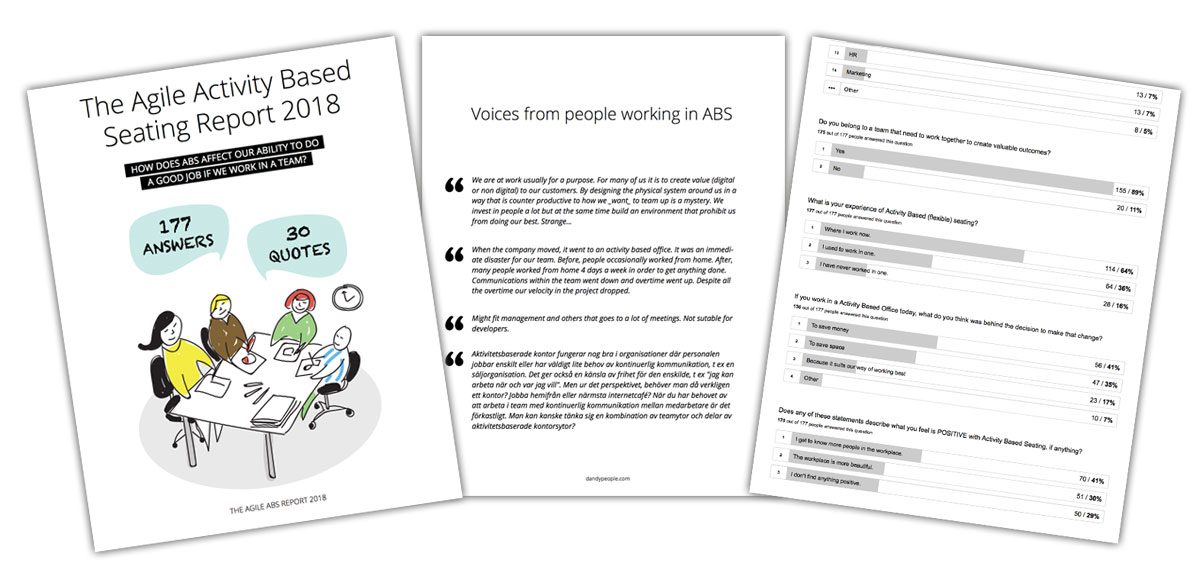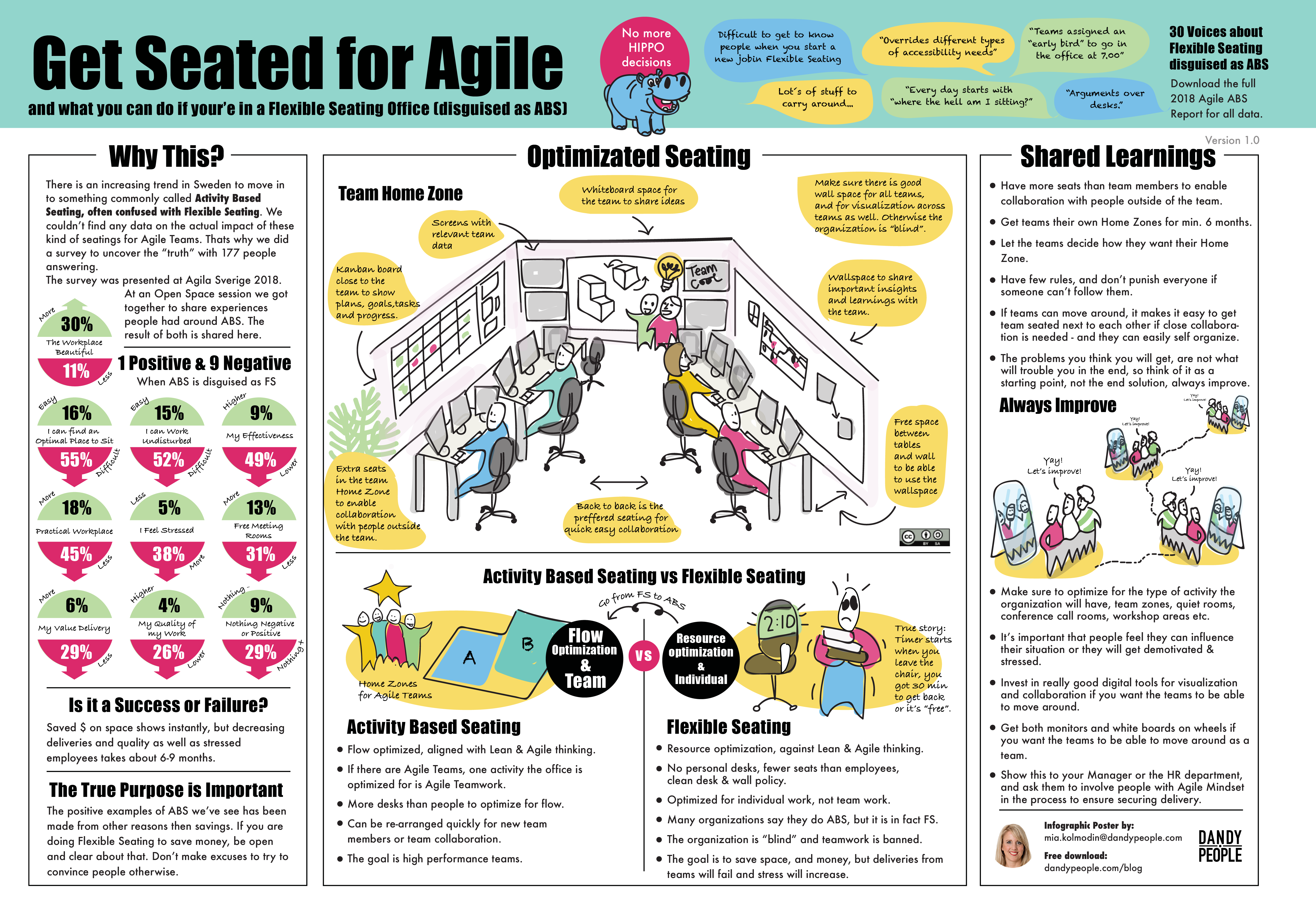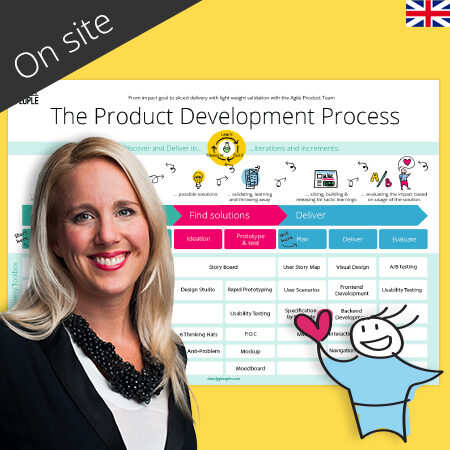A few weeks ago me and Frida Mangen did a talk on Activity Based Seating for Agile teams for the WE network, Workplace Evolutionaries. Afterwards we invited them for a visit to the old Spotify BJG RnD office to experience and learn more about the mindset of Agile organizations and how the interiors can support high performance teams and aligned autonomy.
The group visiting Spotify consisted of office interior experts off different kinds, designers, architects, scientist and change makers. We met up outside the office at Birgerjarlsgatan. We were warmly welcomed by
Zuza Majkowska who was acting as our guide for the tour, and at the end of the tour also Becca who is a team engeneering manager and part of the renovation committee also joins and tells us more about the teams perspective and their work with the ongoing renovation.
This post is mostly a transcription of these conversations during the viewing.
The Spotify building consists of 11 floors, and Spotify are renting all floors but one. The tour started in a common space in one of the few big meeting rooms where the group of 22 ppl squeezed in to learn more about Spotify first before viewing the space.
Striving for aligned autonomy in everything – also in the office space
Zuza: We are always striving for aligned autonomy at Spotify in everything they do, also in the space of our office.
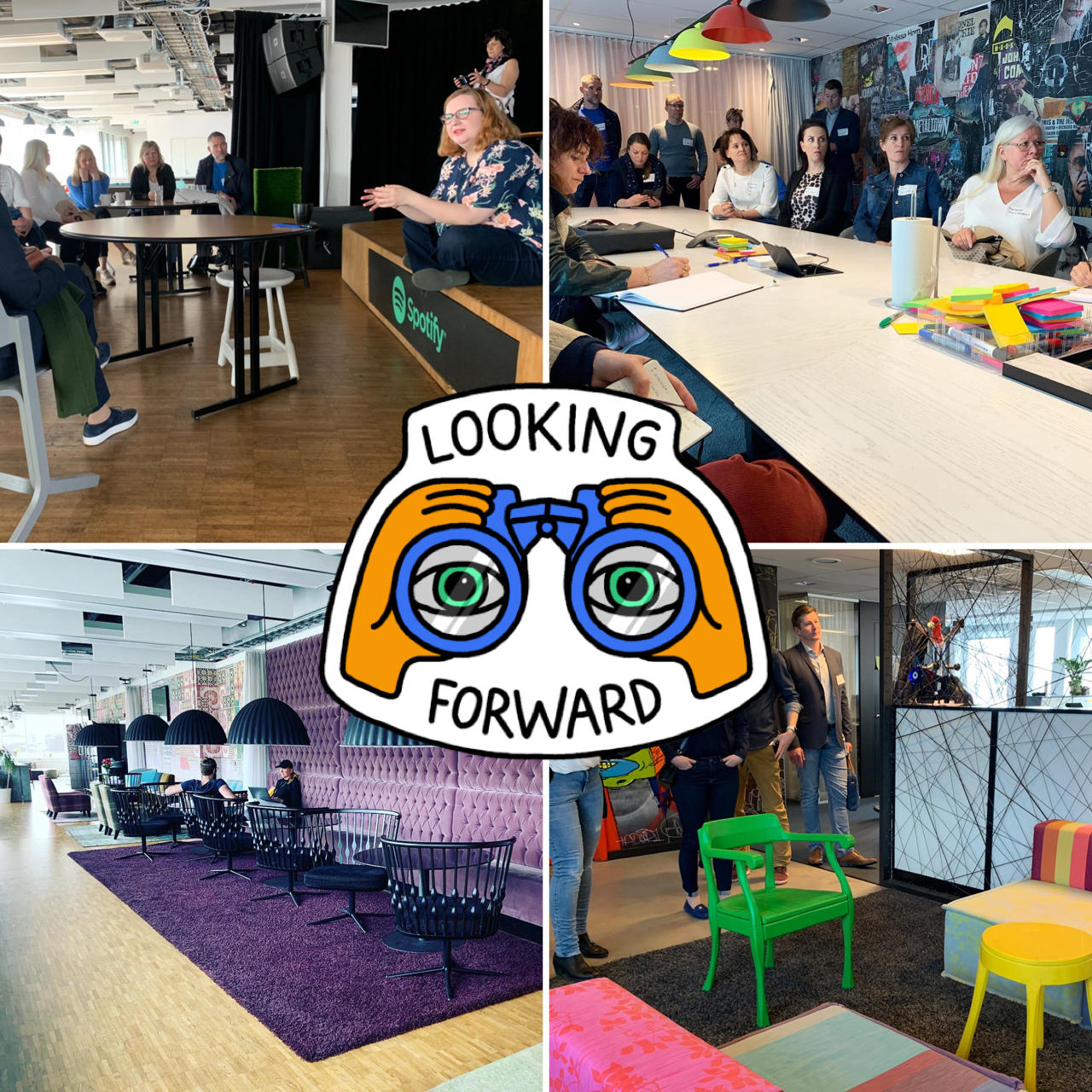
(more…)
